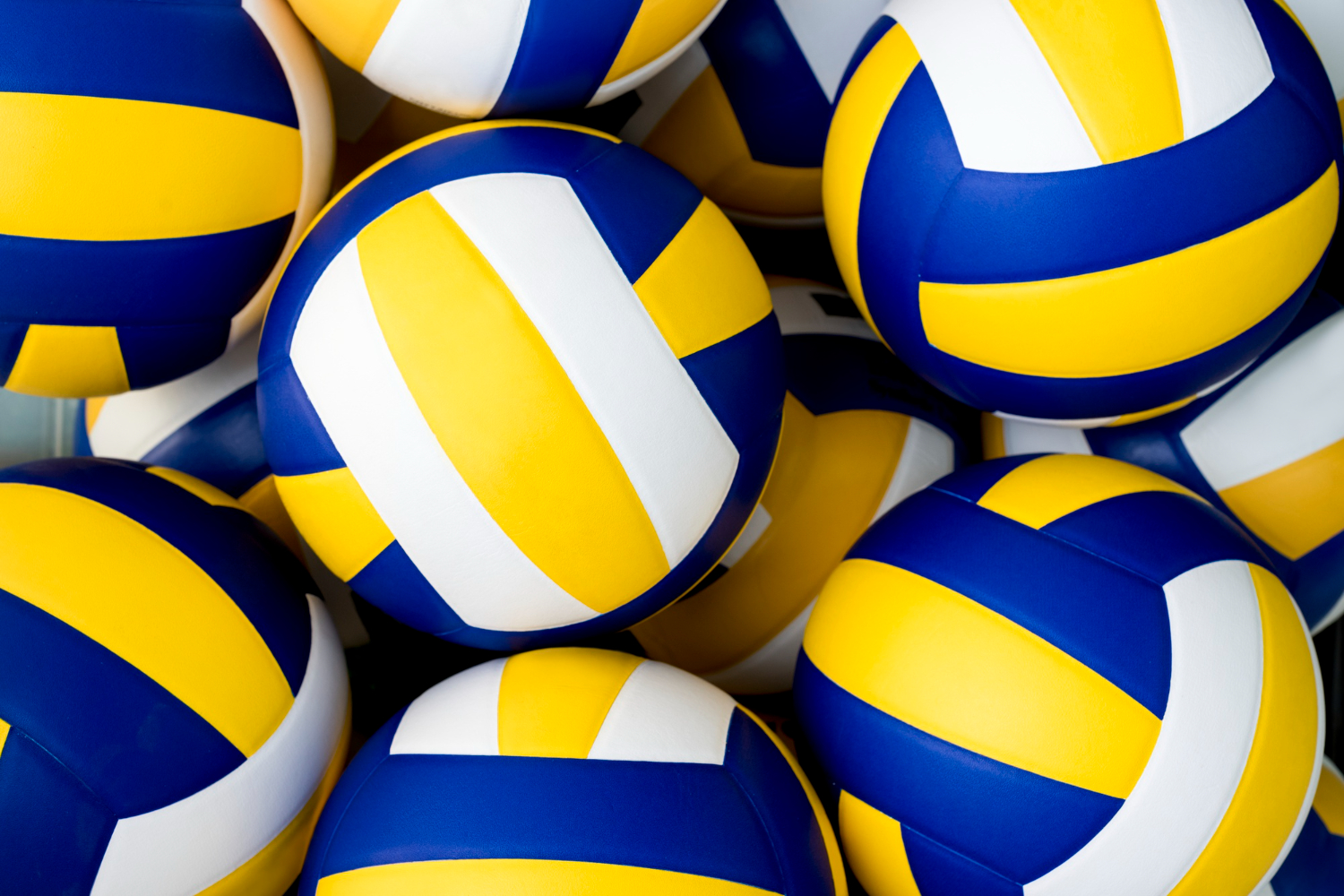
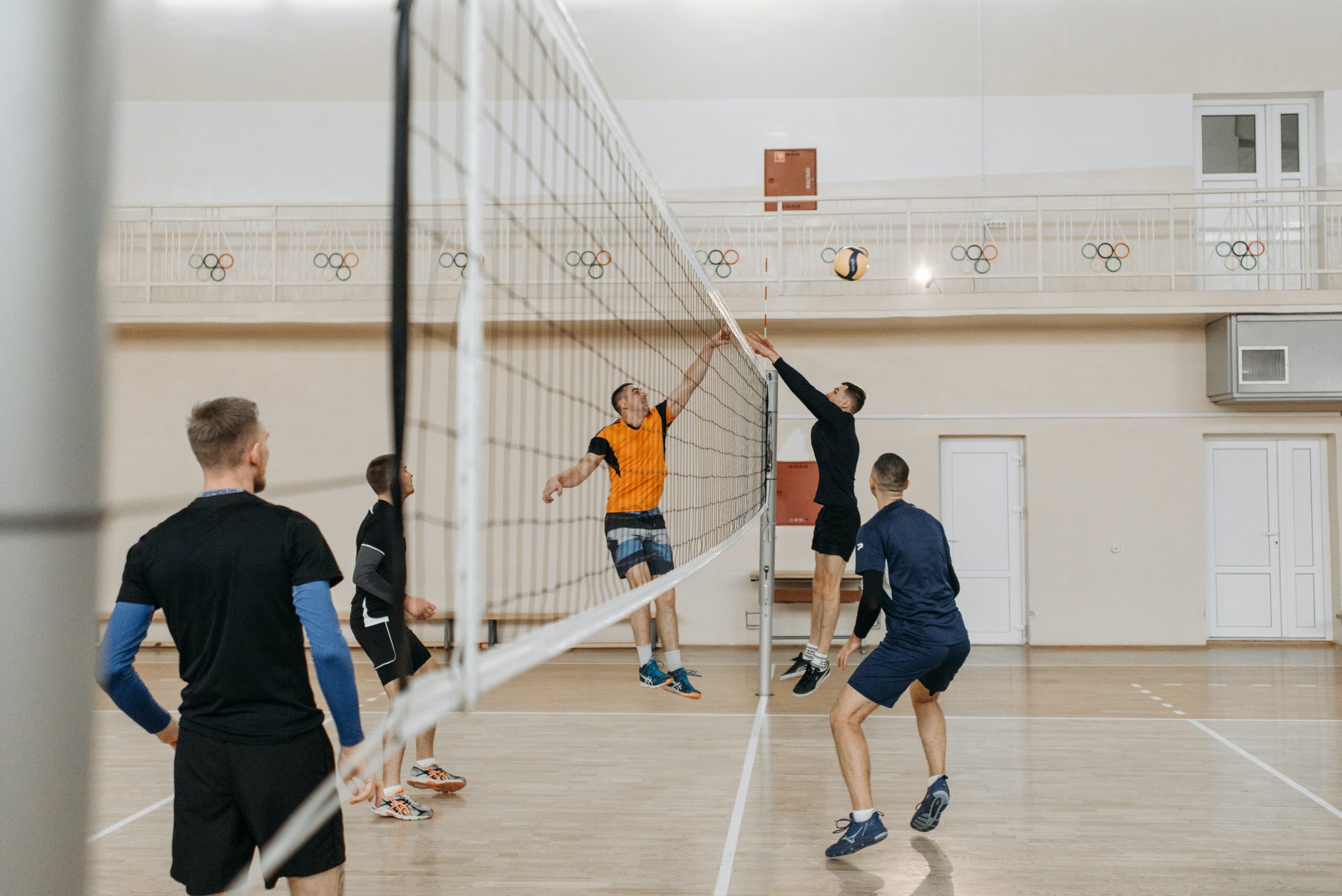
Volleyball is a game famous for its gameplay and specialized positions. In volleyball, each player performs a specific assigned role and contributes to the team’s success. The opposite hitter, known as the right-side hitter, is a commanding force on the volleyball court among the other positions. This is the second most important position after the setter in the volleyball game. The name refers to the position of hitter, which means the attacker from the front line.
The opposite hitter in volleyball plays the right-side hitting position of the front row. This position is typically the dominant weapon during the volleyball game. In this post, we will discuss the role of the opposite hitter in volleyball, including their challenges and importance on the court.
The opposite hitter on the right-hand side of the court acts as an offensive and defensive player tasked with a set of responsibilities. The opposite hitter sometimes fills in the setter’s position during the game when the setter is out of his position. The primary role an opposite hitter plays is blocking and terminating the ball.
As an offensive player, his role is to pass the ball and score points by attacking the right side of the court. As a defensive player, the leading parts are to watch the opposite team hitter and be prepared to set digs. Along with these roles, the opposite hitter also performs the following tasks:
The most points secured in volleyball are by attacking. The setter needs to distribute sets carefully so that the attacker can execute them properly. In most cases, the opposite hitter is the one who gets the most locations, and if he runs it correctly, the most points will be secured. The opposite hitter in volleyball uses different methods of attack to secure points. He can hit the ball by spinning it at different angles, making tips, or using a block to stop the opponent.
Attacking from the court’s front part is more accessible than shooting from the back leg. The main reasons for this are:
Many teams use a double substitution strategy to overcome these difficulties. This strategy allows bringing in different opposite hitters to make the attack easier and score points.
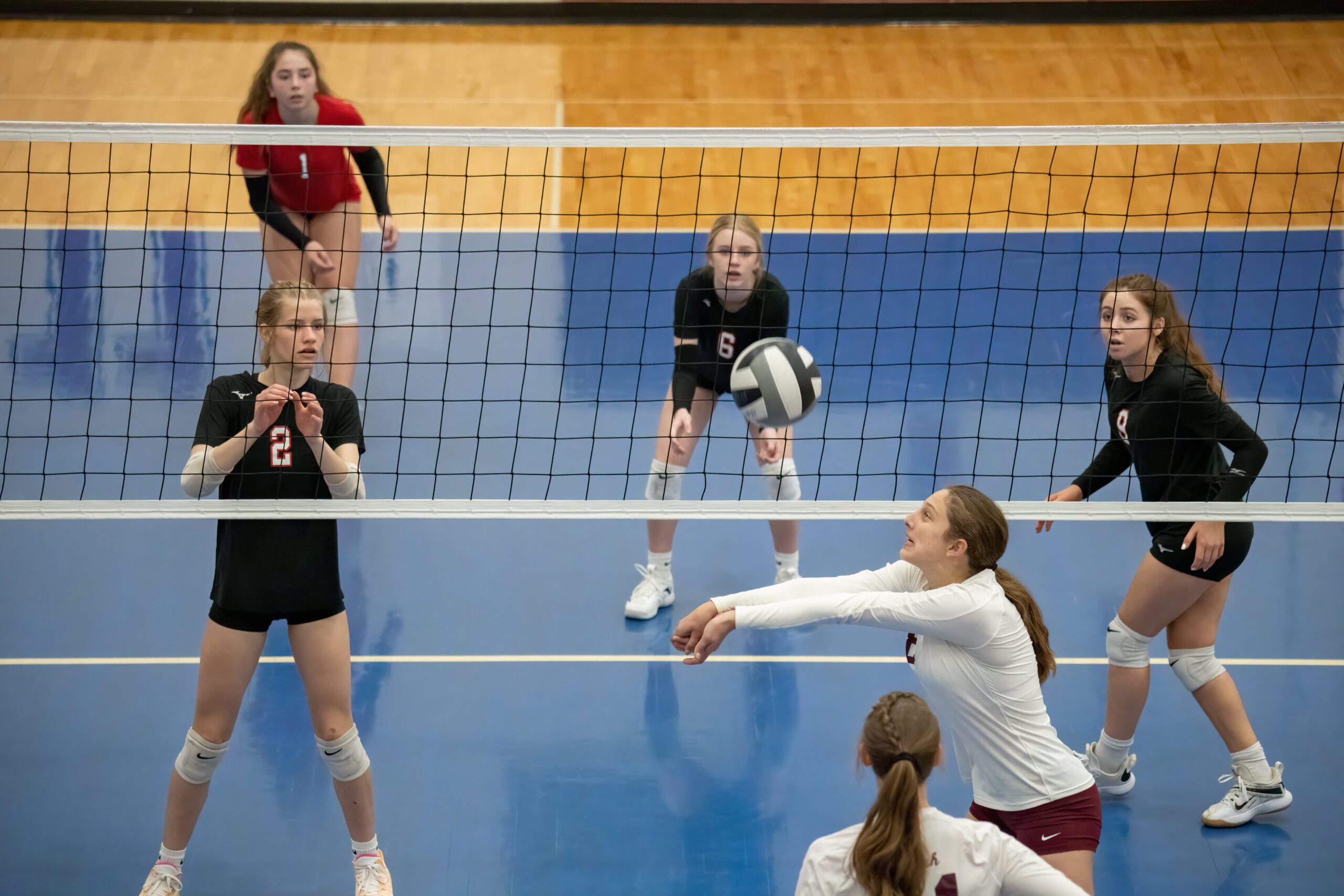
The opposite hitter in volleyball should focus on the defense and attack when present in zone 1. Their main goal is to defend the competitor’s outside hitter. Besides this, the opposite hitter should also be ready to help with the first tempo, precisely when the competitor’s middle blocker moves towards the net.
The team’s strategy will define the defending position, whether they want him close to the line or in the diagonal direction. Depending on the situation, the opposite hitter should be ready to join the triple block. The standard rule in volleyball to keep in mind is that they need to close the line when the team goes for a triple alliance.
The opposite hitters in volleyball play most of the game in Zone 1 which requires them to be good defenders. In Zone 1, their responsibilities range from defending against tempo, diagonal, and open line attacks to handling tips behind the block. The defense is less critical in Zone 2, but the opposite hitters remain in their position. They must be ready to defend against sharp diagonal spikes and support the libero against tips aimed toward the center of the court.
In volleyball, the opposite hitter mainly serves as the team’s strongest player. His main aim is to impose maximum damage on the opponent team. With his permission to serve as robustly as possible, the opposite hitter employs the challenging jump serve, known for its difficulty when executed with precision and speed.
The opposite hitters in volleyball take maximum risks during their serves in tough games to avoid the easy point for the opponent. The opposite hitter in volleyball sometimes needs to pass and set, even if this is not their primary role. They do so only to assist the other receivers, specifically when the opponent server poses a significant threat. Furthermore, depending on the situation, they must be ready to set the ball to the outside hitter in Zone 4.
In conclusion, the opposite hitter in volleyball is an essential strength for a team that shapes the game’s dynamics with his skill set. They perform the role of both offensive and defensive players by being positioned on the right-hand side and influencing the team’s success in many ways.
As the dominant attacking force of the group, the opposite hitter executes several methods, including spinning the ball, making tips, and employing blocks to secure points. This offensive power is essential in Zone 1 to counter the outside hitters of the opponent’s team. In short, the opposite hitters are the powerhouse of the volleyball team.
The opposite hitter in volleyball serves as the team’s dominant attacking force.
In Zone 1, the opposite hitter focuses on countering outside hitters, adapting to the team’s strategy by closing the line or aligning in a diagonal direction.
The opposite hitter showcases versatility by mastering both Zone 1 and Zone 2, adapting to various roles, from defending against different attacks to assisting plays and setting when necessary.

Hi, I'm David Muse, the founder of Volleyball Spikes. My days are spent with workouts and article writing, mostly for Volleyball Spikes. With 15 years of expertise and a history of competing on an international scale... It's fair to say that my knowledge of volleyball is pretty good.
MEGA4D is your go-to destination for comprehensive knowledge about volleyball game-play. Get a complete buying guide to the best and latest volleyball equipment, learn about volleyball positions, rules and training to train yourself with expert experience!

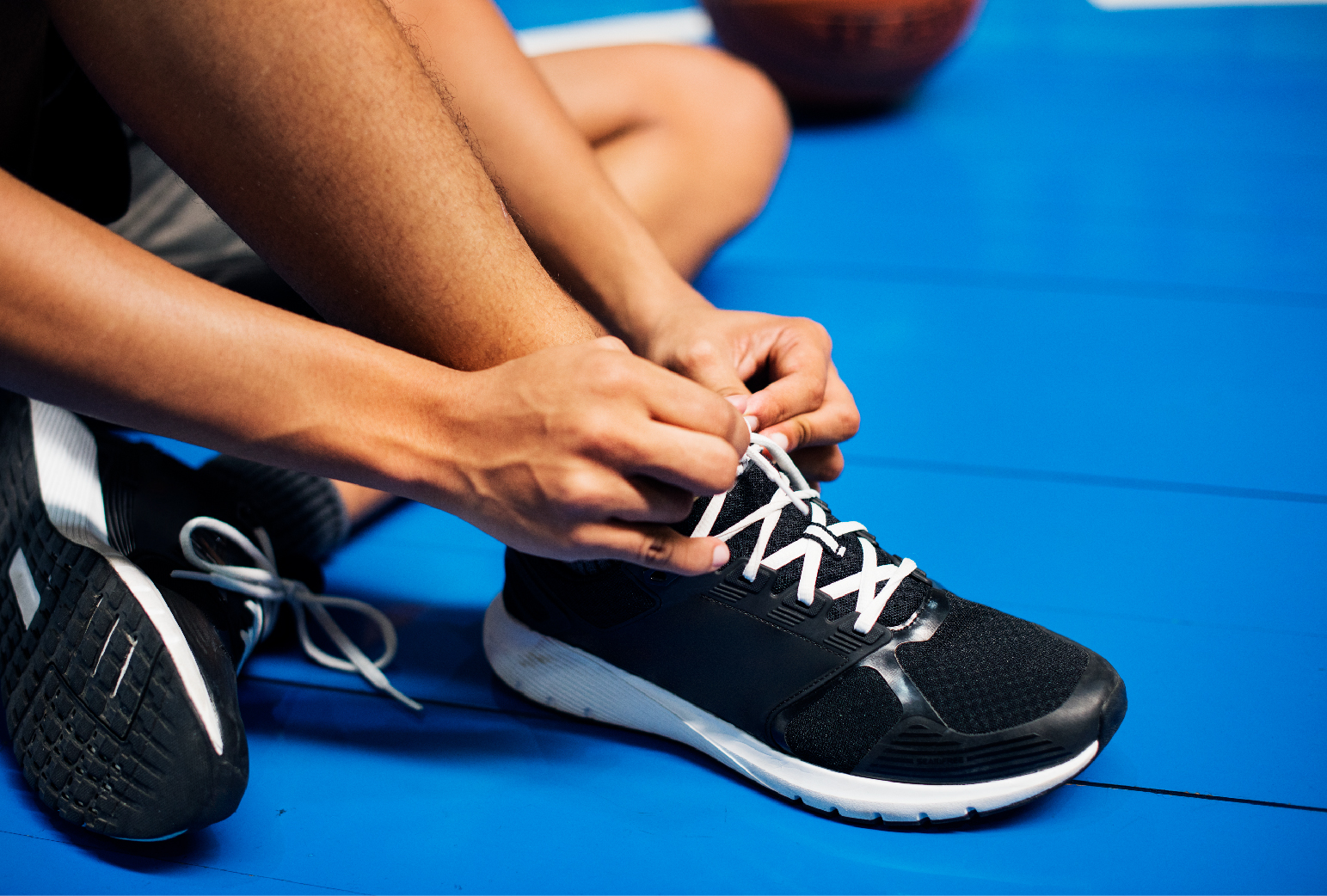
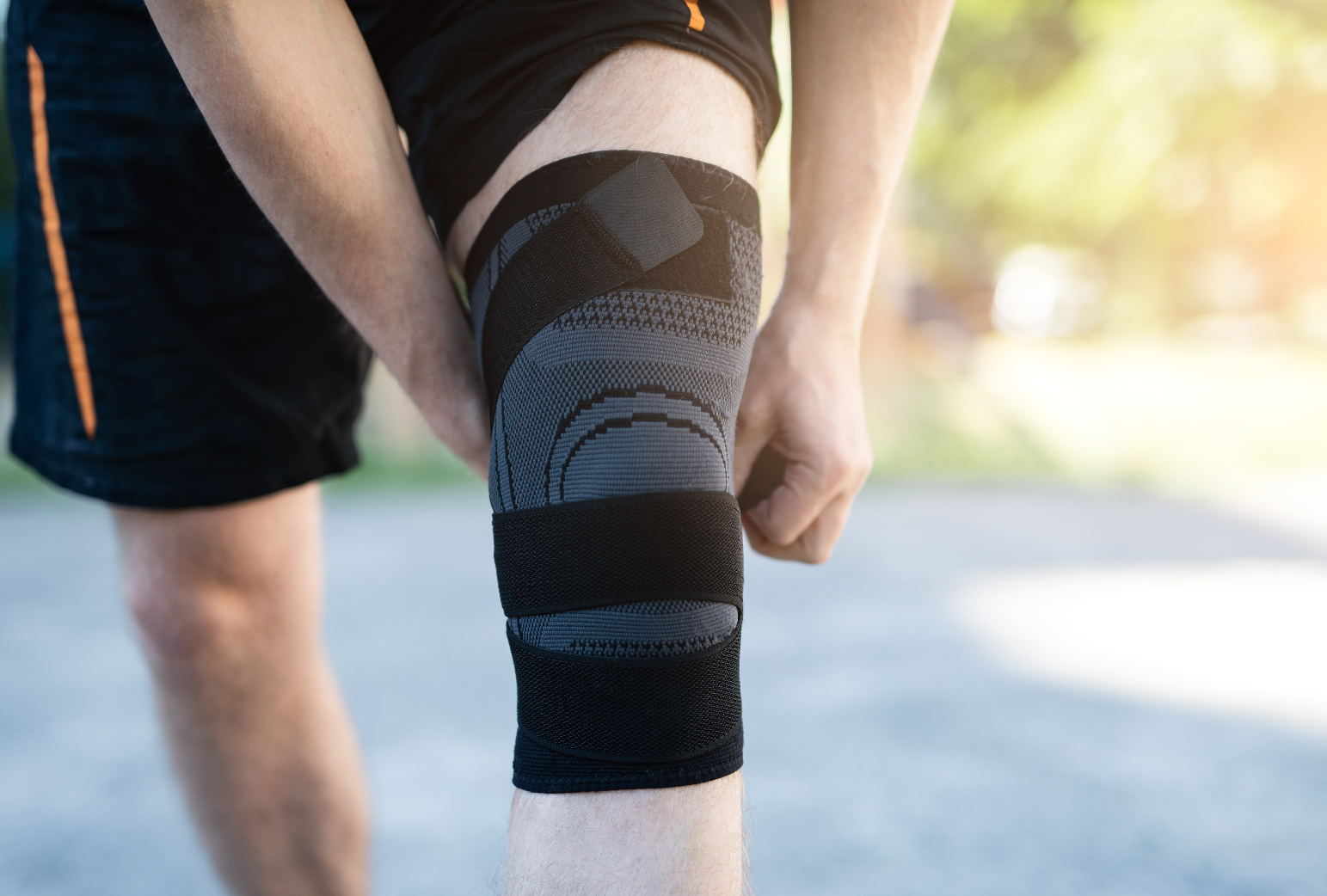
Subscribe to our newsletter and we’ll send you the emails of latest posts.
Copyright © Volley Ball Spikes 2023. All Rights Reserved Design By Digital Korbax LLC